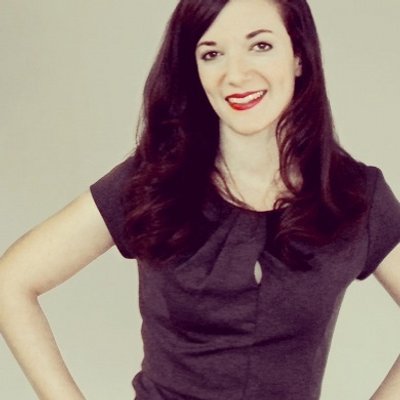 We’re on a mission to find best practices from leading preK-3 alignment efforts across the state. And in early June, this mission took us no further than Earle Brown Elementary in Brooklyn Center!
We’re on a mission to find best practices from leading preK-3 alignment efforts across the state. And in early June, this mission took us no further than Earle Brown Elementary in Brooklyn Center!
During a daylong site visit, we sat down with teachers and leaders at the pre-K through six public school, which serves about 1,200 students, 80 percent of whom receive free or reduced lunch. Roughly 80 percent of Earle Brown students are kids of color, and more than 30 percent of kids in the preschool are English-language learners. Thanks in large part to Director of Early Learning and Community Education Michelle Trelstad, Earle Brown’s pre-K is performing incredibly well: in 2013, they sent 98 percent of kids to kindergarten ready.
So what is Earle Brown’s preschool getting right, and how are they aligning their work with the elementary school? Here are just a few major takeaways:
- Valuing pre-K—and pre-K teachers: An early childhood educator by training, Michelle has long understood the importance of quality preschool. “Entering kindergarten behind is a much greater deficit than we once thought,” she said. Confident that it could make all the difference in later years, Michelle set out to convince Earle Brown teachers and administrators that they needed to make greater investments in pre-K. “We really did have to campaign for ten years to get to the point where pre-K is valued,” she explained. A huge component of this has been advocating for Earle Brown’s preschool teachers who under Michelle, are all licensed, are paid on the same scale as their colleagues in the higher grades and, starting next year, will go through formal evaluations. “We were on our own island and now we’re very much included,” Michelle said of her program’s role in the larger school. Trust, respect and collaboration run so deeply that Earle Brown preschool teachers pick which kindergarten classroom a graduating kid will enter, and work closely with the kindergarten teacher to make the transition as smooth as possible. “We are collaboration with a capital ‘C,’” Michelle explained.
- Rigor, data and interventions: Because Earle Brown educators understand the importance of quality pre-K and believe in the potential of every kid, they decided a few years ago to significantly increase academic rigor in the preschool. Through a partnership with The McKnight Foundation, the pre-K is now in its third year with STEP, a literacy assessment and intervention system from the University of Chicago’s Urban Education Institute (we also saw STEP in action at Community of Peace Academy). Although Michelle is and always will be a huge advocate for fun, developmentally appropriate early education—she knew that the preschool “needed to get to data-driven instruction.” Now, with STEP—and the assessments and tracking tools it provides—preschool teachers have introduced more academic rigor into their days, yet maintain tremendous autonomy when it comes to lessons and interventions. “There are so many choices you can make as a practitioner,” said Literacy Coach Chellie Sebald. With STEP, and a renewed focus on data and interventions, every four-year-old in Earle Brown’s pre-K program finished the 2014 school year ready for kindergarten.
- Staff: Michelle attributes much of the preschool’s success to her ability to build her team from scratch. “I got to hire the teachers that I wanted,” she explained. “I got to handpick my team and we started from the bottom up, together.” But even beyond Michelle’s all-star pre-K staff (which, starting next fall, will include a parent who was so inspired by her child’s experience in the program that she decided to go back to school to earn her teaching license!), Earle Brown teachers are fully on board with efforts to align curriculum vertically and increase academic achievement school-wide. In fact, Chellie asserted that the school’s transformation has been “very much teacher-driven.” As the school works to replicate best practices from pre-K—where, according to Assistant Principal Katie Mahoney, they “got it going on in”—teachers are participating in robust professional development opportunities, much of which has been optional. “Our students here need this work and we don’t have the skills or knowledge to do it,” Katie said, explaining teachers’ willingness to grow. “There’s a lot of learning going on,” she continued. Katie knows, too, that teachers need support: the school already has peer-to-peer coaching and professional learning communities, but is constantly looking for more opportunities for teachers to learn from each other, and from successful educators at other schools. In fact, Earle Brown is partnering with St. Paul Public Schools, to learn more about the district’s success in bridging preschool and kindergarten. “Teachers need to have confidence, and it only happens with training and support,” Katie said.
There is so much more innovative and inspiring work going on at Earle Brown—including strong community partnerships and remarkable, culturally sensitive parent engagement—but you’ll have to wait until our report release this fall to learn more! For now, just remember that, as Katie said, Earle Brown has got it going on.
